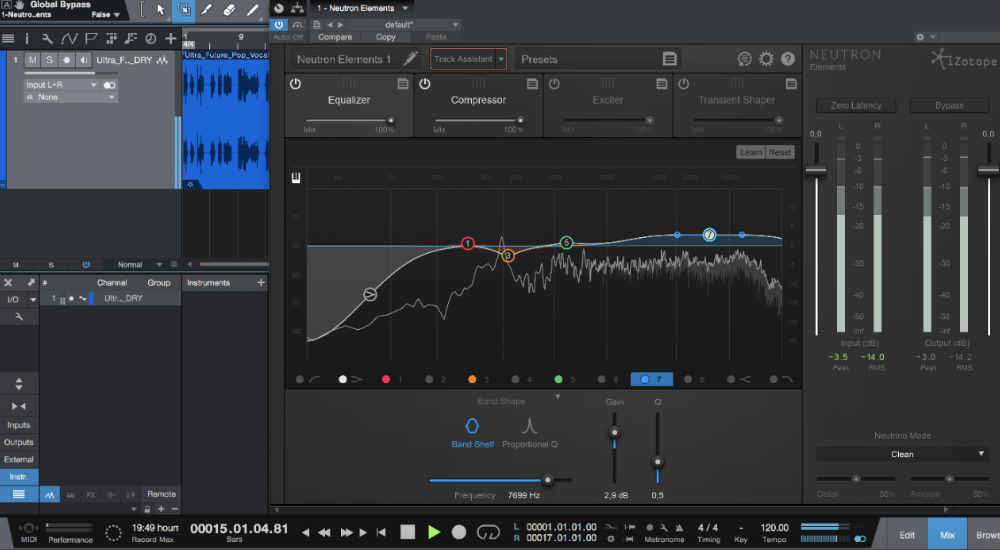The E5s feature a 5.25” low frequency transducer and 1” silk-dome high frequency transducer. They’re powered by Class A & B amps and feature balanced XLR/jack combo inputs as well as RCA if you need them. They’re honest, but in a flattering way. The E5 series are pleasing to listen to, as well as trustworthy – they could very easily be used as a main monitor. They’re one of the smaller speakers in the series,one that extends all the way up to the mammoth Eris E66 (dual 6.5” active monitors with a tweeter), or the smaller Eris E3.5 and E4.5 with speakers whose size I’m sure you can figure out.
In use, the E5 XTs are great. They’re very balanced after plugging them in with ease via the 1/4” part of the combo input jacks. They have very forward high frequency response, and very controlled but honest low end for such a small speaker. If these can reproduce honest low end with intuitive design and a 5.25” speaker, I can’t imagine what the E44 and E66 must be capable of. I could confidently mix a record on the E5s, and know I was hearing every potential pain point. There’s no need for a car test with these monitors, as quickly switching between reference tracks highlights just how focused the bass is. It’s not hyped, but the bottom end is very present, forcing you to make those low frequency instruments work together. The mids are balanced and true again, and can quickly highlight issues or mid-range instruments (i.e. almost all of y’all) that are too forward when not required to be. As a main mix monitor, the PreSonus E5s can absolutely be trusted mix after mix and session after session.
The speakers feature bi-amplification and are rated at 70 watts. This means that different types of amplifiers are powering different parts of the frequency spectrum – depending what kind of sound you’re after. There’s a crossover at certain points, and part of the reason these small speakers respond so well to low frequency information, and even at low volumes, is because of this bi-amplification. In addition to this, the speakers feature a front-firing acoustic port, so the bass is present and not blasted behind the speakers and into a wall or empty space. Despite bottom end being difficult to pick in a stereo field, this addition really helps the bottom end remain present and balanced. A trick often used to reset your ears and check mixes is to dim the mix for a moment, and these speakers continue to respond phenomenally well even when dimmed. Featuring a multitude of different connection options is, admittedly, fairly standard, but still a massive tick for the PreSonus E5s.
Overall, anyone could benefit from a pair of these monitors, from the E5s up to the bigger E66s and anything in between. They can be your main squeeze or a trusty friend for triple-checking a mix, but whatever role you hire them for, they’ll do it. The Eris E5s specifically produced a startlingly balanced sound from such a small speaker. They work the same at different volumes, and aren’t grating or fatiguing on the ears for extended periods of time (believe me, I dove into some work as soon as I unboxed them). They’re honest, they’re affordable and they look great. What was your excuse again?

